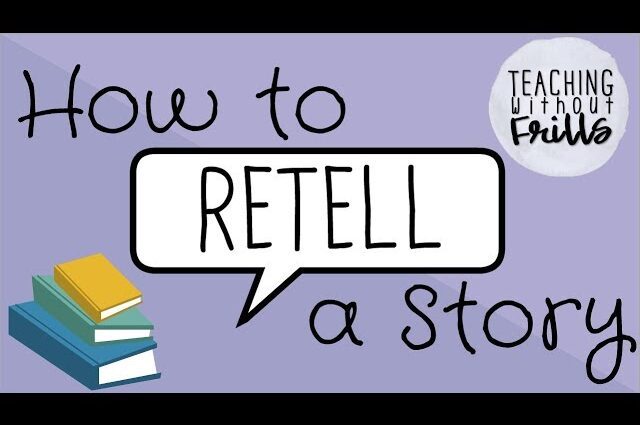Contents
How to properly teach a child to retell a text
Retelling and composition are the main enemies of schoolchildren. There is not a single adult who would recall with pleasure how, in literature lessons, he frantically recalled a story and tried to reproduce it at the blackboard. Parents should know how to properly teach a child to retell a text and at what age to do it.
How to teach a child to retell a text: where to start
Speech and thinking are integral things that complement each other. The means of thinking is internal speech, which is formed in the child long before he starts to speak. First, he learns the world through eye and tactile contact. He has an initial picture of the world. Then, it is supplemented by the speech of adults.
How to teach a child to retell so that in the future he is not afraid to express his thoughts
The level of his thinking also depends on the level of development of the child’s speech.
Adults should help children learn to be clear about their thoughts before their heads are full of information.
Even teachers, accepting children to school, insist that first-graders should already have a coherent speech. And parents can help them in this. A child who knows how to correctly formulate his thoughts and retell texts will not be afraid of the educational process as a whole.
How to teach a child to retell a text: 7 essential points
Teaching a child to retell a text is easy. The main thing that parents should be: regularly devote a certain amount of time to this and be consistent in their actions.
7 Steps to Learning Correct Retelling:
- Selecting text. Half of the success depends on this. In order for a child to learn to clearly express his thoughts and retell what he has heard, you need to choose the right work. A short story, 8-15 sentences long, would be optimal. It should not contain words unfamiliar to the child, a large number of events and descriptions. Teachers recommend starting to teach a child to retell with “Stories for the little ones” by L. Tolstoy.
- Emphasis on the work. It is important to read the text slowly, deliberately highlighting the most important points for retelling with intonation. This will help the child to isolate the main point of the story.
- Conversation. After reading the child, you need to ask: did he like the work and did he understand everything. Then you can ask a few questions about the text. So with the help of an adult, the child himself will build a logical chain of events in the work.
- Generalization of impressions from the text. Once again, you need to check with the child if he liked the story. Then the adult must explain the meaning of the work himself.
- Re-reading the text. The first reproduction was necessary in order for the child to understand particular moments from the general information. After analysis and re-listening, the baby should have a general picture of the story.
- Joint retelling. The adult begins to reproduce the text, then tells the child to continue the retelling. It is allowed to help in difficult places, but in no case should the child be corrected until he finishes.
- Memorization and independent retelling. To understand whether a work has been deposited in the child’s head, you need to invite him to retell the text to someone else, for example, dad, when he returns from work.
For older children, texts can be chosen longer, but they need to be disassembled in parts. Each passage is analyzed similarly to the algorithm described above.
Adults should not underestimate the role of retelling in a child’s learning. This skill significantly affects the formation of his intellectual and creative abilities.










